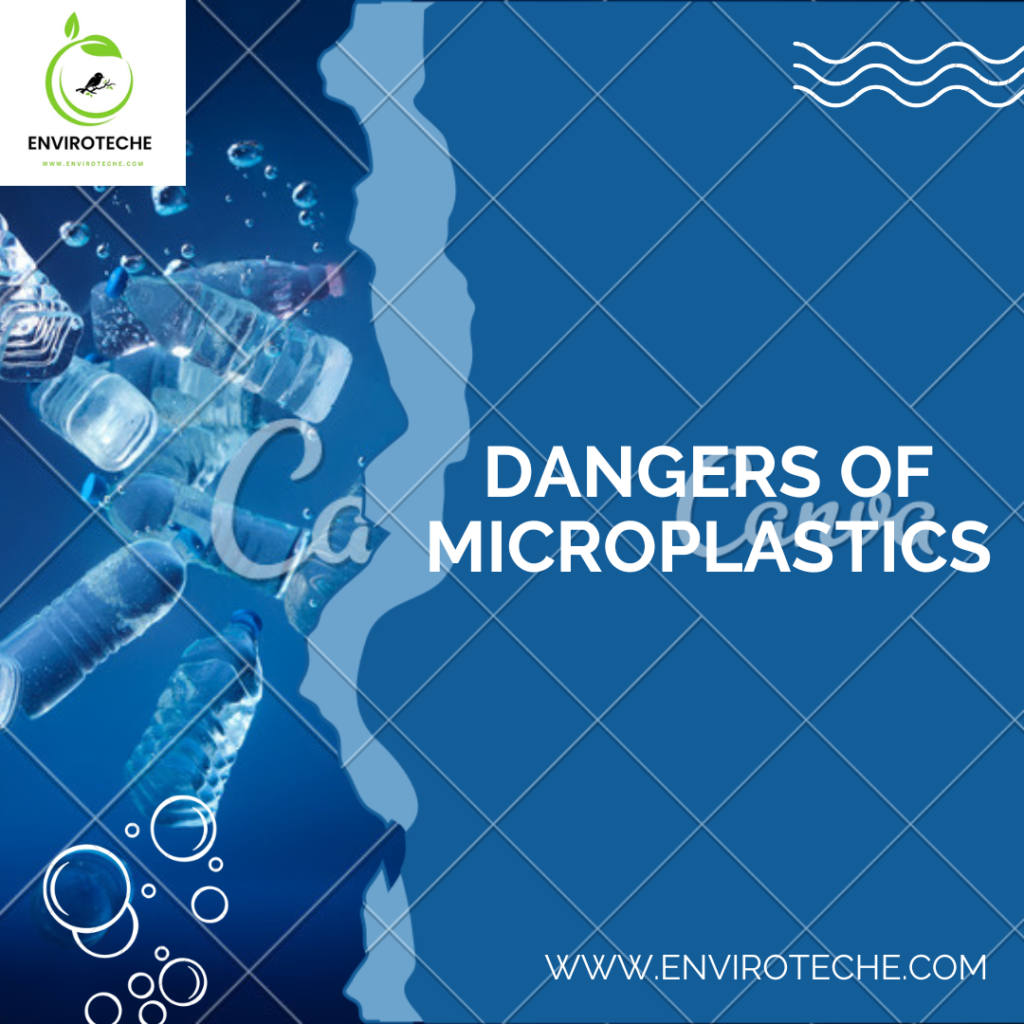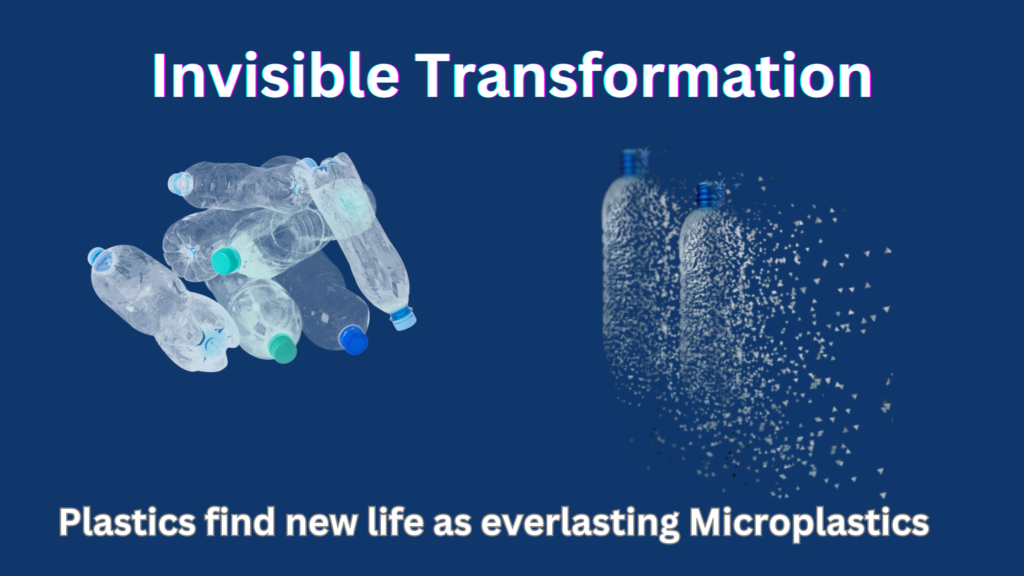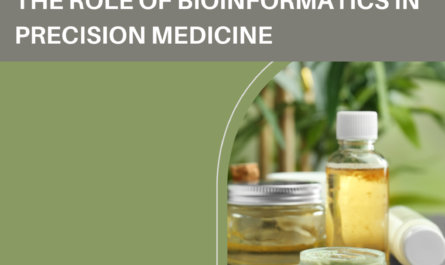Table of Contents

Dangers of Microplastics
What is Dangers of Microplastics?
Microplastics, which are microscopic pieces of plastic that are less than 5mm (0.2 inches) long that are formed as a result of plastic pollution, are present in the environment. It was originally noted that there were minute plastic fragments in the open ocean in the 1970s. Since they are common in many ecosystems, microplastics have raised concerns about the environment around the world. Microplastics are present in the world’s oceans at all depths, along coastlines, and in remote locations like the Arctic sea ice. They can be consumed by animals and enter the marine food web. They can also float in the water column, sink into marine sediments, or settle there.
Where do Microplastics Come From
The study finds that between 9¸000 and 32¸000 tonnes of microplastics enter our waterways every year. The four leading causes which collectively account for an intolerable degree of pollution are as follows:
- Automobile Tires: Up to 68¸000 tonnes of microplastic pollution are produced annually by tire abrasion and between 700 and 1900 of those tones end up in UK waterways.
- Clothing: Between 23¸00 and 5 tonnes of microplastic pollution are produced annually when tiny synthetic fibers from our garments are washed and then released into washing machine waste drainage systems. The potential exists for up to 2¸900 tonnes of that volume to escape wastewater treatment systems and into our rivers.
- Plastic Pellets: Plastic pellets¸ which are used in the production of many different plastic products¸ can send as much as 5¸900 tonnes of microplastic trash per year.
- External Paints: The paints used on the structures and road makers can add between 1¸400 and 3¸700 tonnes of microplastic contamination to our river each year due to bad weather and natural flaking.

Sources of Dangers of Microplastics
The source and fragment size of microplastics can be used to categorize them. Microplastics can be broadly classified as Primary microplastics and Secondary microplastics.
Primary Microplastics:
PrimaryMicroplastics enter the environment directly through a variety of channels¸ such as Product use (for example, household wastewater systems get polluted by personal care products)¸ accidental discharge from spills during manufacturing, transport, or abrasion during washing. Primary microplastics are released during the washing of synthetic clothing. A 5kg wash is thought to discharge around 6000 microplastics. Depending upon the properties of the fabric¸ this outcome can change. Primary microplastics are produced in the thin dust created by the abrasion of tires on asphalt.
Secondary Microplastics
The bulk of microplastics is secondary microplastics. These are larger pieces of plastic that have been released into the environment for example, bottles and plastic bags. When larger plastics are exposed to weathering such as through exposure to erosion by waves and winds and UV radiations from sunlight secondary microplastics frequently emerge from the breakdown of these larger plastics.
Human Exposure to Microplastics:
Oral Intake:
Our daily needs¸ including drinking water¸ bottled water¸ tea bags¸ milk and other items contain microplastics. Due to the eating of shellfish¸ Europeans are exposed to roughly 11000 microplastic particles per person per year and the body absorbs 39¸000-52¸000 plastic particles per person per year based on food consumption. Microplastics penetrate agriculture systems and infest food potentially increasing the risk of human exposure. 15-20 percent of marine species we eat are contaminated.
Inhalation:
The main source of microplastics in the atmosphere is automobiles. It is estimated that between 74 000 and 121 000 microplastic particles are inhaled each year. Although they are smaller than those found in the air, microplastics have been detected in lung tissue. This highlights potential health dangers and provides more proof that humans can be exposed to microplastics through inhalation.
Skin Contact:
Even if the skin membrane is too thin for these plastic particles to pass through directly, microplastics may do so indirectly through wounds and less robust skin barriers. For example, using face creams and facial cleansers that contain microplastics increases the risk of exposure to plastic. Microplastics may be produced when protective phone cases are used, and these microplastics can subsequently be transferred to human hands.
Effects of Microplastics on the Environment
Environmental Disruption: Aquatic environments can become clogged with microplastics¸ which can harm aquatic life and disturb ecosystems. By ingesting them, marine species risk physical injury and decreased feeding effectiveness.
Affecting nutrient cycle: By physically changing habitats, gathering pollutants, and affecting microbial activity, microplastics have the potential to disrupt nutrient cycles and affect how the ecosystem functions.
Health Risks: Exposure to microplastics may trigger inflammatory reactions¸ oxidative stress and possible immunological and hormone system changes or result in cellular damage. It may have an effect on gut health and interfere with nutrition absorption in the digestive system.
Microplastics food
The food chain has been adversely affected by plastics. Microplastics through the food chain gather in the tissues of animals that people eat¸ exposing them to microplastics and related poisons through food.
Loss of Biodiversity: The survival and reproduction of different species can be hampered by the presence of microplastics in aquatic circumstances which pose a threat to loss of biodiversity. Due to high durability and resistance to disintegration¸ microplastics persist for a very long time in the environment. Once they have gotten into the ecosystem¸they are hard to get rid of because of their persistence.
How to Avoid Microplastics
Invest in Organic Clothing: Microplastic is largely contributed by synthetic garments like polyester. Select organic clothing made up of natural fibers like cotton¸ silk¸ wool and other organic materials when it is possible to do so.
Purchase plastic-free makeup: Numerous home and cosmetic goods may include microbeads. Avoid items that contain chemicals like Polyethylene Polypropylene referred to as PP. Polyethylene Terephthalate also known as PET or PETE¸ is a kind of polyester and nylon.
Avoid microwaving food in plastic containers: Microwaves and plastic don’t go together. Heat causes polymers to leak out of plastic containers. This is true even if plastic containers are marked Microwave safe. Microwave safety refers to a container’s ability to avoid melting in the microwave¸ not that it won’t let chemicals get onto your food.
Dusting frequently: Microplastics account for an impressive 39 percent of dust particles in and around the home. Maintaining a clean and fresh home will help you lower that amount. Put this into action by:
- Utilizing air cleaners or filters designed to take out microplastics.
- Deciding to install hard flooring rather than carpet because carpeting releases more microplastics into the air.
- Cleaning using a vacuum and duster at least once every week.
Conclusion
It is clear after reading my blog post on microplastics that these small plastic flecks pose a serious threat to our environment. Microplastics have far-reaching effects¸ from contaminating our oceans to getting into our food chain. In order to solve these problems¸ we must act in the right way. We can change things by spreading knowledge and promoting sustainable habitats. We need to use less plastics¸ encourage recycling and aid in the creation of eco-friendly substitutes.
Furthermore¸ it is crucial to hold businesses accountable for the plastic garbage they produce. Even tiny adjustments to our daily routines can make a tremendous difference. All of these actions participating in beach clean-ups¸ using reusable bags¸ bottles and utensils as well as supporting groups battling plastic pollution are positive steps.
Author detail:
Aisha Ghaffar1, Syeda Azka Sajid1
1Department of Chemistry, University Of Agriculture Faisalabad, Subcampus Toba Tek Singh
Check Other Scholarships:
- FREE Earth-inspired courses
- The Graduate Application Portal for King Fahd University, Saudi Arabia is open.
- International Excellence Scholarship 2023-24
- Scholarship in USA
Dangers of Microplastics Dangers of Microplastics Dangers of Microplastics Dangers of Microplastics Dangers of Microplastics Dangers of Microplastics Dangers of Microplastics Dangers of Microplastics Dangers of Microplastics Dangers of Microplastics

